It took me by surprise, realizing how similar window-shopping sparkly pieces of designer jewelry can feel to marveling at galaxies across our universe. Both require some distance, for example. To catch a glimpse of galaxies, you need to either stand on Earth and look through a telescope or download images to view on your computer — and often, while walking down a city street, the only thing separating you from exquisite jewelry in a store window is a big price tag and some thick glass. But these experiences share another layer as well: They tend to evoke an appreciation in you for something you cannot touch.
At the American Museum of Natural History in New York, I had the pleasure of experiencing both at the same time.
Van Cleef and Arpels, a luxury French jewelry company, mirrors the wonders of our universe in human-made art with its new "Cosmic Splendor" exhibit at the American Museum of Natural History. Appropriately set in the museum's Allison and Roberto Mignone Halls of Gems and Minerals, visitors can step into a dark, twinkly room to view extraordinary necklaces, earrings and pieces that glitter with gems from Earth, made to represent the beauty of worlds beyond our home planet.
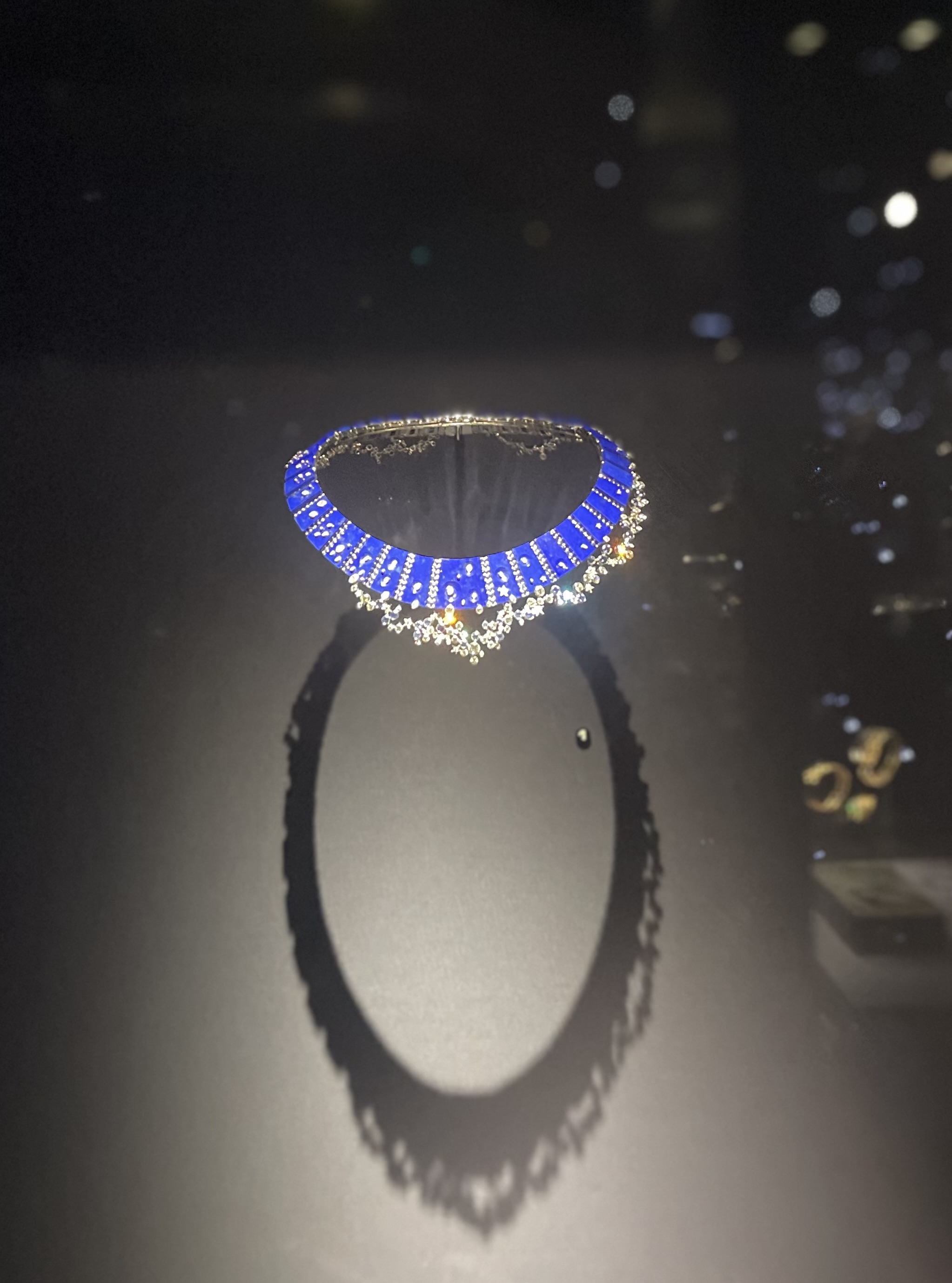
Walking into the exhibit, I was met with a dark room full of small lights meant to represent stars in a night sky. Mirrors throughout the room added to a reflective, expansive effect — a nod to the expanding universe, perhaps? I was also immediately engulfed in ethereal, space-infused music: tracks including David Bowie's "Space Oddity," Frank Sinatra's "Fly Me to the Moon" and "Moon River" (versions by both Frank Ocean and Audrey Hepburn).

Pieces of jewelry created by Van Cleef and Arpels were kept in separate displays exhibiting different elements of our universe. A moon case, for instance, was filled with things like a broach and pendant dedicated to the only other world humankind has so far visited in the universe; other cases paid homage to the solar system's beloved planets, galaxies besides the Milky Way and our very own star, the sun. Each held glittering, breathtaking pieces of jewelry made from Earth's rocks and minerals. There was even a Zodiac display, which involved 12 constellations. It was a reminder of how many people have placed such significance in how the sun was aligned with them on the day of their birth.
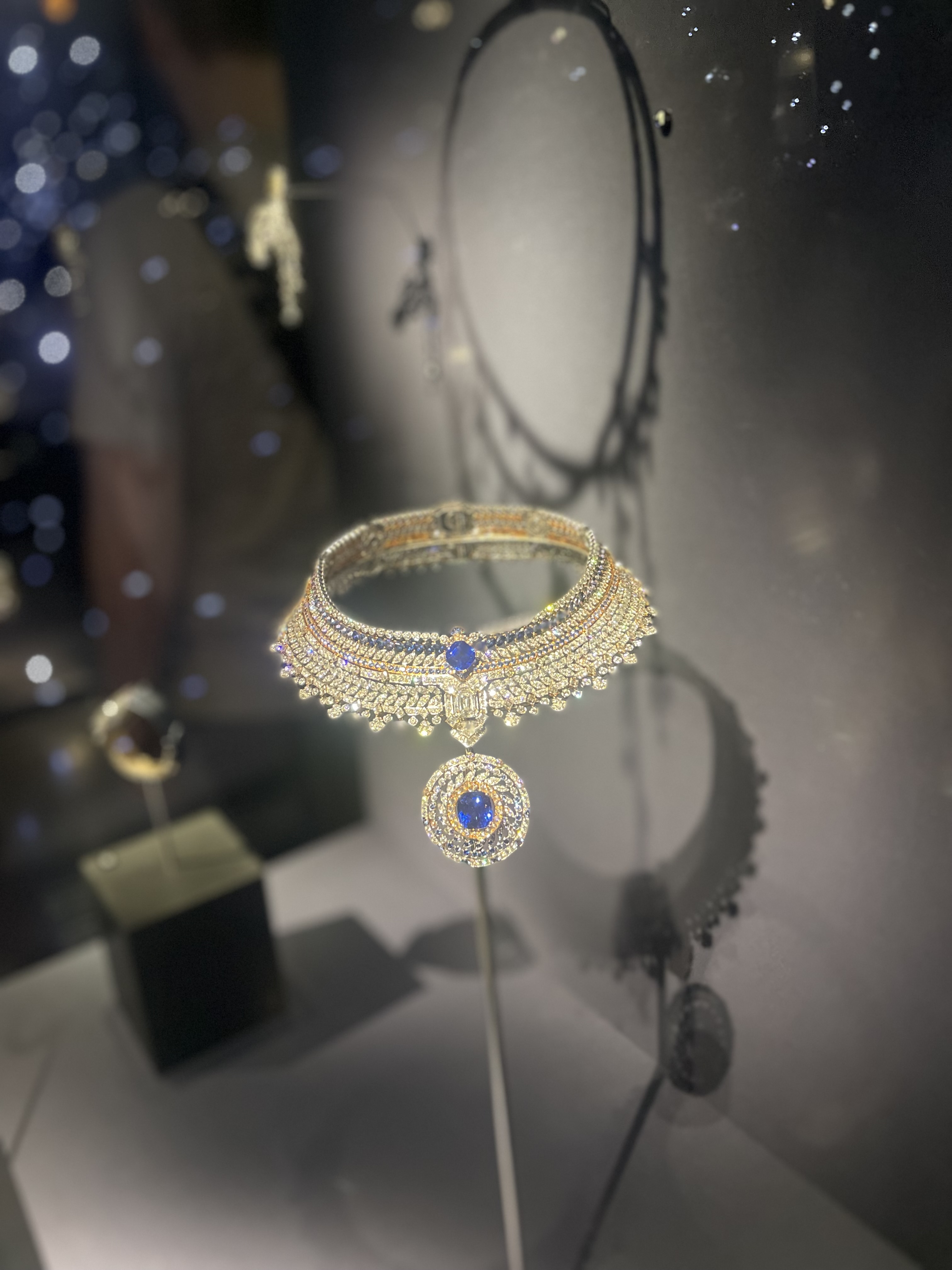
One of my favorite pieces in the exhibit was the astre necklace from the Les Voyages Extraordinaires High Jewelry collection. The shimmering, snake-like piece blends bands of diamonds and sapphires that cascade down. The center gem is a large opal, glittering and bright, just like our sun.
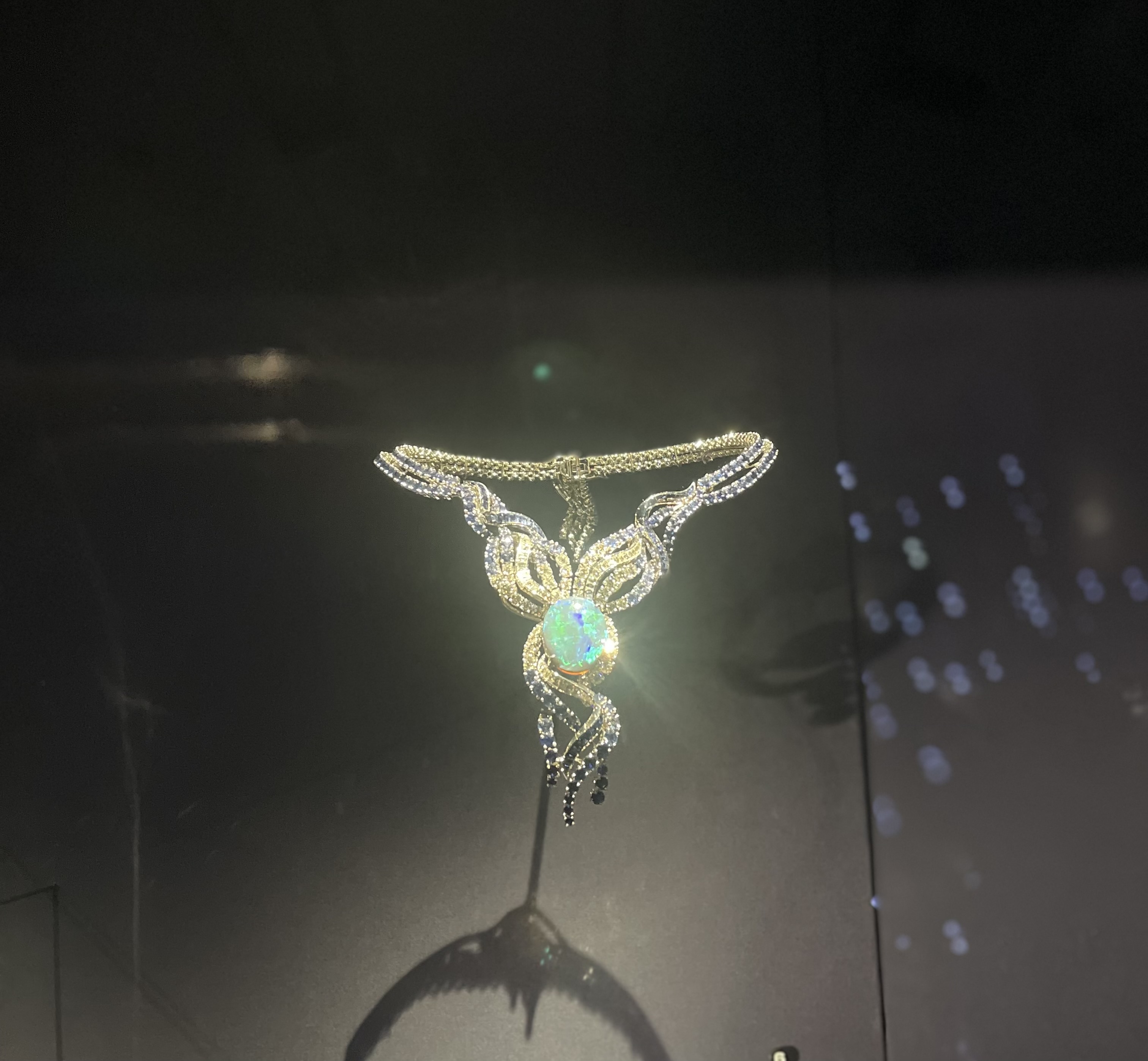
I was also a big fan of the double galaxies saphir clips. Rubies and diamonds make for a pretty swirl of jewels "like stars in a spiral galaxy," as described on the museum’s exhibit page. The design on each clip is similar yet slightly unique, with one clip centering on a mauve sapphire and the other swirling around a pink sapphire.

Van Cleef and Arpels is known for its "inexhaustible" use of nature as inspiration for its jewelry, which include many floral and animal themes, as well as some astronomy-inspired pieces like these Planetarium watches. In a press release, Van Cleef and Arpels president and CEO Catherine Renier called the American Museum of Natural History the "perfect setting to share our profound fascination for the Cosmos." The more-than 60 pieces currently being exhibited in New York are from collections of the High Jewelry Maison, which was founded in Paris in the early 1900s.
The exploration of life on Earth and beyond is a major focus at the Museum. Down the hall from the Cosmic Splendor display, visitors can view the short Worlds Beyond Earth film, which outlines the perfect conditions Earth has for life compared to its inhospitable planet neighbors. There is also a Passport to the Universe space show, narrated by Tom Hanks and screening through June 5, which takes viewers through a black hole and other incredible aspects of our universe.
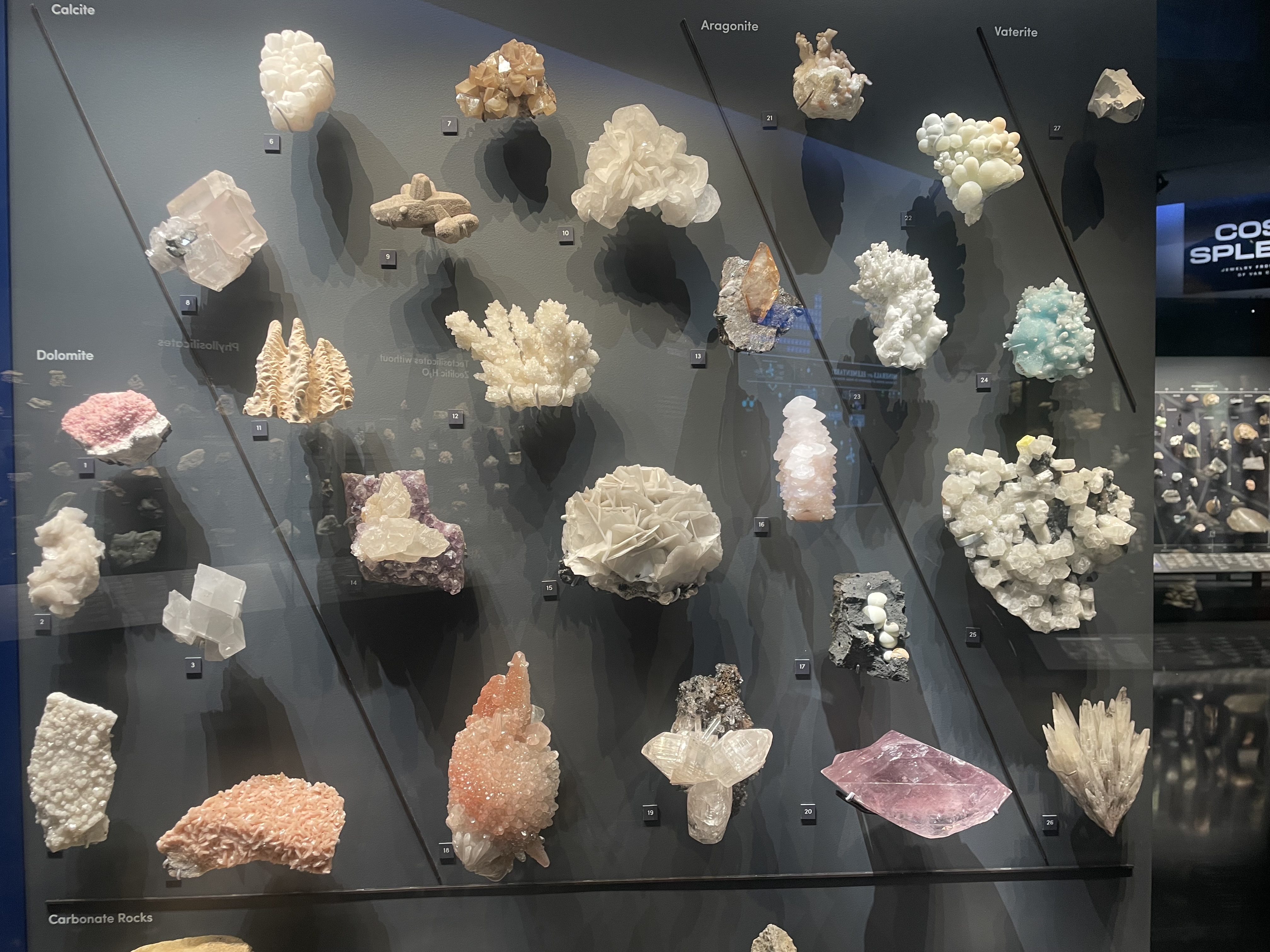
The Cosmic Splendor exhibit is on display now through Jan. 4, 2026. Admission is included with any ticket to the American Museum of Natural History in New York City’s Upper West Side.
.png)
 German (DE)
German (DE)  English (US)
English (US)  Spanish (ES)
Spanish (ES)  French (FR)
French (FR)  Hindi (IN)
Hindi (IN)  Italian (IT)
Italian (IT)  Russian (RU)
Russian (RU) 



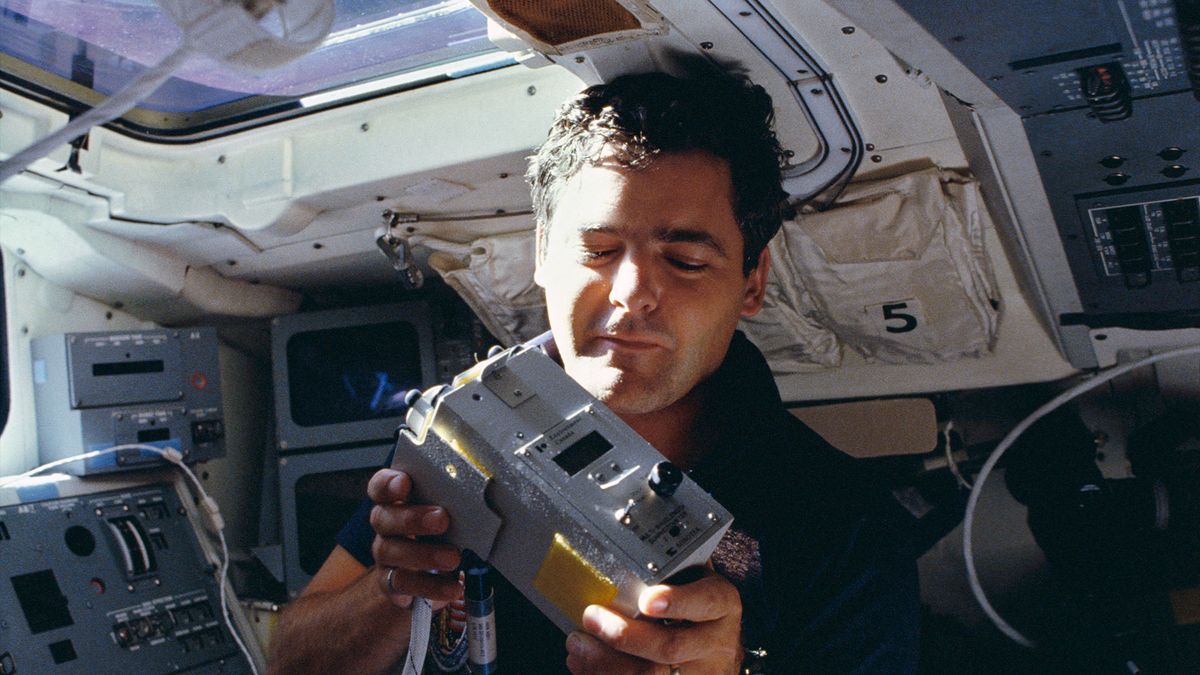





Comments